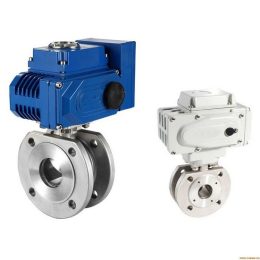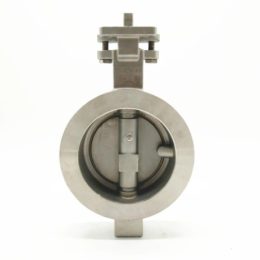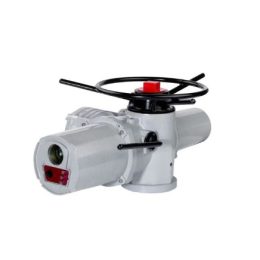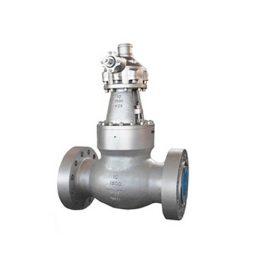Wafer Type Butterfly Valve Installation Instructions
Wafer type butterfly valves are commonly used in industrial pipelines due to their small size and ability to control fluid mediums. However, they are prone to corrosion because of the harsh environments where they are used. The installation process for these valves requires special attention to ensure proper function and prevent any issues.
Pre-installation instructions:
Before beginning installation, it is important to follow these pre-installation instructions:
- Clean the piping and valve: Use air spray to remove any foreign objects on the piping and clean the inner surface of the piping with clean water. Corrosion can lead to leaks and other issues, so it is important to ensure that the piping and valve are free of any contaminants that can cause corrosion.
- Check valve specifications: Carefully check whether the valve is used in accordance with its performance specifications including temperature, pressure, and corrosion resistance. Different valves have different tolerances and it is important to ensure that the valve being installed is suitable for the intended application.
- Remove debris: Check whether there is any debris in the valve channel and sealing surface and remove it in time. Debris can cause damage to the valve and prevent it from functioning properly.
- Do not loosen screws or nuts: The valve should be installed in time after unpacking, do not loose any fastening screws or nuts on the valve at will. Loosening screws or nuts can cause misalignment of the valve and prevent it from functioning properly.
- Use special flanges: Wafer type butterfly valves must use special butterfly valve flanges that are made of materials that are resistant to corrosion. Corrosion can cause damage to the flanges and prevent the valve from sealing properly.
- Install valve upright: The electric butterfly valve can be installed on the pipeline at any angle. For the convenience of maintenance, it is recommended not to install it upside down. Installing the valve upside down can cause issues with maintenance and prevent the valve from functioning properly.
- Ensure proper alignment: When installing the butterfly valve flange, it must ensure that the flange surface and the sealing rubber are aligned, the screws are evenly tightened, and the sealing surface must be fully fitted. If the screw tightening force is uneven, rubber protrusions will appear, and the disc is stuck, or the disc is held up to cause leakage at the valve stem. Proper alignment is critical to ensuring that the valve functions properly and does not leak.
By following these pre-installation instructions, you can ensure that the wafer type butterfly valve is installed correctly, the risk of corrosion is minimized, and it will function properly for its intended application. Proper installation is important to ensure that the valve functions as expected, preventing leaks and other issues that can be costly and dangerous.



